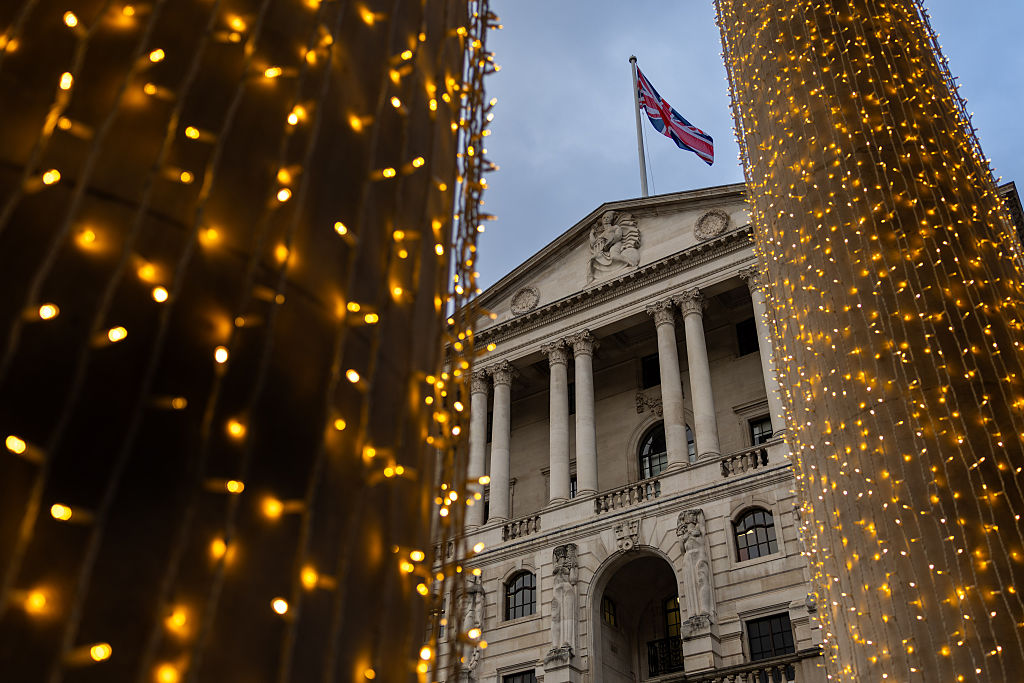In an attempt to prevent organisations such as banks from going bust too easily, regulators impose minimum capital requirements on them: a bank should ensure that its own funds (capital that it can count as its own) as a proportion of "risk-weighted assets" (money it is owed by other people, allowing for non-payment risk) exceeds a regulatory target. A regulator can vary this target the riskier the bank, the higher the target.
A bank's "own funds" can be subdivided into different tiers, with "tier one" representing capital of the highest quality typically funds raised from issuing shares, combined with past profits. So suppose a bank issued $100 of shares ten years ago and has made $100 of profit over the last decade, its "own funds" would be $200.
Now assume that it is owed $1,600 as a result of lending to third parties and the regulator has set a tier one target of 10%. Well, 200/1,600 is 12.5%, which beats the target so all is well (hopefully).
MoneyWeek
Subscribe to MoneyWeek today and get your first six magazine issues absolutely FREE

Sign up to Money Morning
Don't miss the latest investment and personal finances news, market analysis, plus money-saving tips with our free twice-daily newsletter
Don't miss the latest investment and personal finances news, market analysis, plus money-saving tips with our free twice-daily newsletter
Get the latest financial news, insights and expert analysis from our award-winning MoneyWeek team, to help you understand what really matters when it comes to your finances.
MoneyWeek is written by a team of experienced and award-winning journalists, plus expert columnists. As well as daily digital news and features, MoneyWeek also publishes a weekly magazine, covering investing and personal finance. From share tips, pensions, gold to practical investment tips - we provide a round-up to help you make money and keep it.
-
 What are my retirement income options?
What are my retirement income options?We’re all told to save into a pension, but there’s widespread confusion about how to take an income from our savings and investments at retirement, a new study has found. We look at your retirement income options.
-
 UK interest rates: will the Bank of England lower rates?
UK interest rates: will the Bank of England lower rates?The Bank of England’s Monetary Policy Committee’s (MPC) final interest rates meeting of the year takes place tomorrow (18 December) and most experts expect a cut

